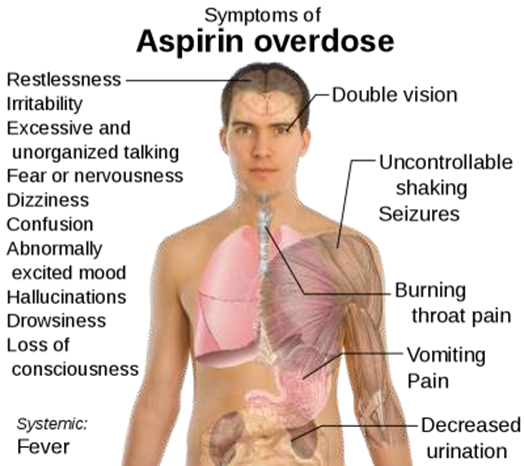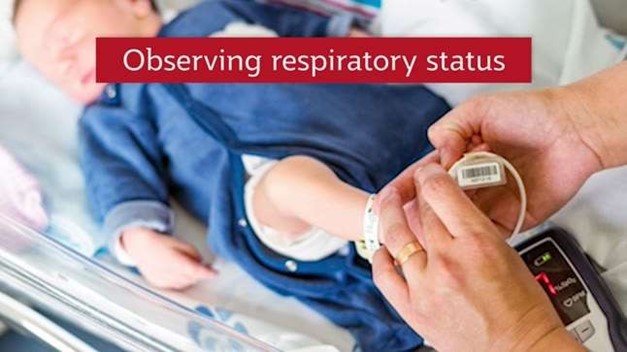A nurse in an emergency department is caring for a preschool-age child who has acute acetylsalicylic acid poisoning.
Which of the following should the nurse expect?
Hyperpyrexia.
Polyuria.
Neck vein distention.
Jaundice.
The Correct Answer is A

When a child ingests a toxic dose of acetylsalicylic acid, it can lead to salicylate toxicity, which can cause hyperpyrexia (high fever), among other symptoms such as vomiting, tinnitus, confusion, and dehydration. Hyperpyrexia is a serious complication that can lead to neurological damage and is a medical emergency that requires prompt intervention.
The nurse should monitor the child's temperature and administer antipyretic medications as necessary to reduce the fever.
Choice B is wrong because Polyuria, is not a common symptom of acute acetylsalicylic acid poisoning.
Salicylate toxicity can cause dehydration due to vomiting, which can lead to decreased urine output.
Choice C is wrong because Neck vein distention, is not typically associated with acetylsalicylic acid poisoning.
Neck vein distention is commonly seen in patients with heart failure, tension pneumothorax, or cardiac tamponade.
Choice D is wrong because Jaundice, is not a common symptom of acetylsalicylic acid poisoning. Jaundice is usually seen in liver diseases or hemolytic anemias.
Nursing Test Bank
Naxlex Comprehensive Predictor Exams
Related Questions
Correct Answer is D
Explanation
The nurse should plan to administer the human papillomavirus (HPV) vaccine to the 12-year-old client.

The Centers for Disease Control and Prevention (CDC) recommends that children aged 11-12 years old receive two doses of the HPV vaccine separated by 6-12 months.
Choice A is wrong because Hepatitis A vaccine is typically given to children at age.
Choice B is wrong because Varicella vaccine is typically given to children at ages 12-15 months and 4-6 years.
Choice C is wrong because DTaP vaccine is typically given to children at ages 2, 4, and 6 months, and between ages 15-18 months and 4-6 years.
Correct Answer is A
Explanation
The first action the nurse should take is to assess the respiratory status of the infant.

After a head injury, it is important to ensure that the child’s airway is clear and that they are breathing adequately.
This is a crucial step in providing care for a patient with a head injury.
Choice B is wrong because inspecting for fluid leaking from the ears is not the first priority.
Choice C is wrong because examining the scalp for lacerations is not the first priority.
Choice D is wrong because checking pupil reactions is not the first priority.
Whether you are a student looking to ace your exams or a practicing nurse seeking to enhance your expertise , our nursing education contents will empower you with the confidence and competence to make a difference in the lives of patients and become a respected leader in the healthcare field.
Visit Naxlex, invest in your future and unlock endless possibilities with our unparalleled nursing education contents today
Report Wrong Answer on the Current Question
Do you disagree with the answer? If yes, what is your expected answer? Explain.
Kindly be descriptive with the issue you are facing.
